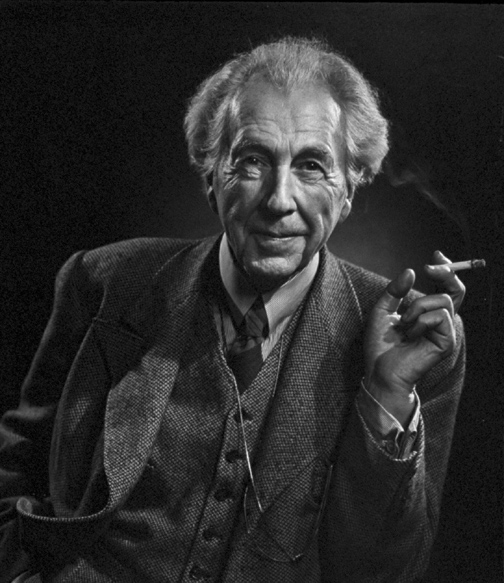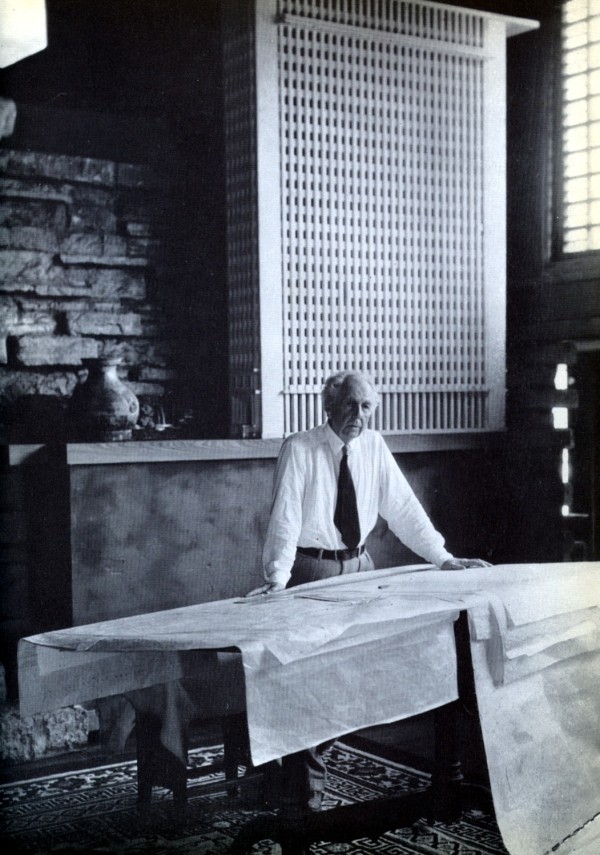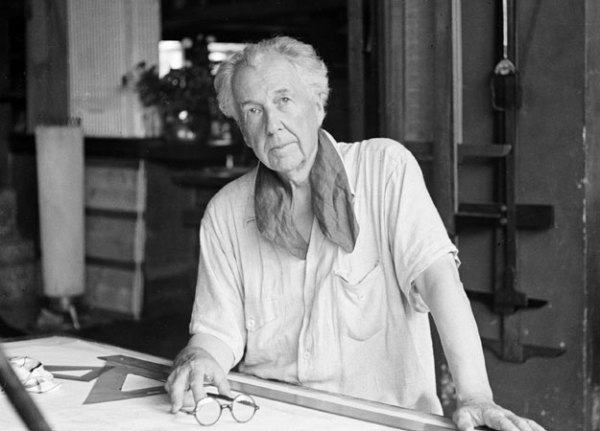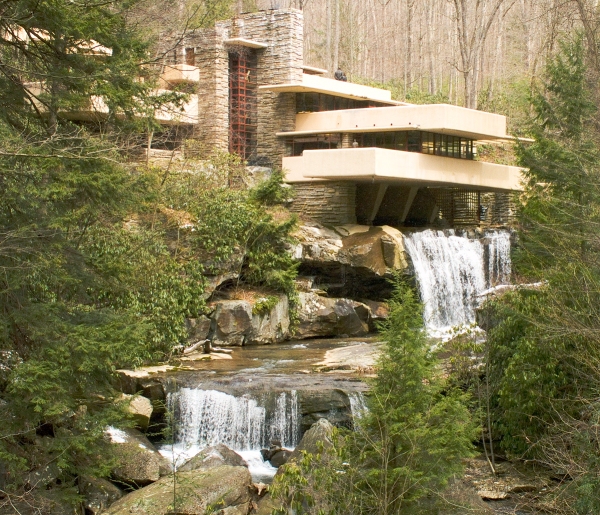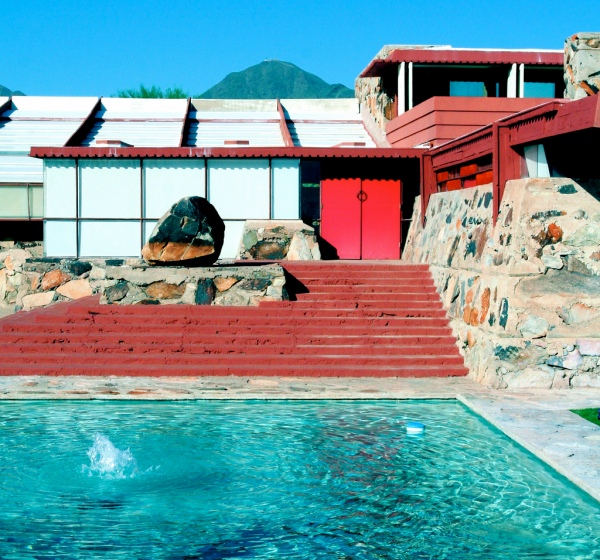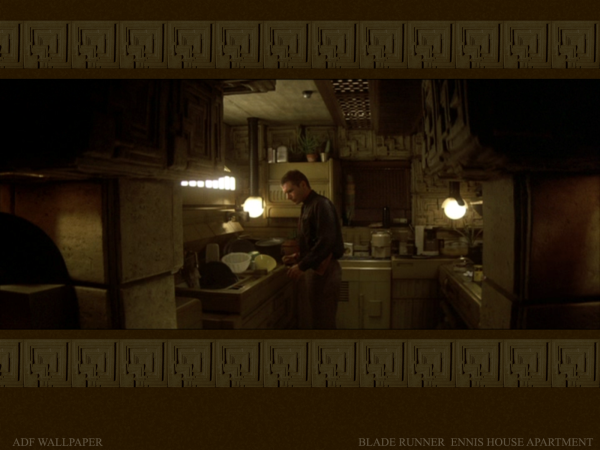A
A
A
A
“Give me the luxuries of life and I will willingly do without the necessities.” –Frank Lloyd Wright
A
It’s fascinating, sad, and ironic that some of the most creatively talented and successful people in history can be a complete train wreck when it comes to their personal lives. Frank Lloyd Wright is a perfect example unfortunately.
A
A
A
“Early in life I had to choose between honest arrogance and hypocritical humility. I chose the former and have seen no reason to change.” –Frank Lloyd Wright
A
Frank Lloyd Wright was recognized in 1991 by the American Institute of Architects as “the greatest American architect of all time”. Wright was an innovative, influential and controlling artist (he would design the furnishings for his spaces, dictate their precise placement, and even choose the artwork) and will forever be remembered, respected, and honored for his legacy of work. But how Wright chose to live his personal life probably wouldn’t win any awards, and was also sadly marked by recurring tragedy.
A
A
A
“Form follows function-that has been misunderstood. Form and function should be one, joined in a spiritual union” –Frank Lloyd Wright
A
When Wright was just starting out, his integrity was called into question when it was discovered that he was designing houses “behind the back” of the architectural firm he worked for– Wright was promptly asked to leave. He had no trouble finding work, and the evidence is well documented by the now famous homes (Wright referred to them as his “bootleg” designs) located all around the Oak Park, Chicago area. He set about quickly assembling a team of young draftsmen that would worship and emulate their master in work, and even personal presentation.
A
A
A
“Less is only more where more is no good.” –Frank Lloyd Wright
A
With all the success and accolades that soon followed came a bloated ego and selfish appetite. Wright thought very highly of himself, and felt that others should too. He went after whatever he desired– it’s told that the famed architect had long struggled to keep his pencil in his pants.
A
A
A
Falling Water, also known as the Edgar J. Kaufmann Sr. (of Kaufmann’s dept. stores) Residence, was designed by American architect Frank Lloyd Wright in 1935 in rural southwestern Pennsylvania. The house was built partly over a waterfall in Bear Run at Rural Route 1 in Mill Run, Fayette County, Pennsylvania, in the Laurel Highlands of the Allegheny Mountains.
A
A
Taliesin West (not to be confused with Taliesin) was architect Frank Lloyd Wright’s winter home and school in the desert from 1937 until his death in 1959 at the age of 91. Today, it houses The Frank Lloyd Wright Foundation, a school for architects, and is open to the public for tours– located on Frank Lloyd Wright Boulevard in Scottsdale, Arizona.
A
A
A
Frank Lloyd Wright’s decorative modern Ennis House with its distinctive Bismuth crystal like blocks is the background for the interior of Deckard’s apartment in the film Blade Runner. Elsewhere in the film, famous modern buildings such as Chicago’s Hancock Tower are the influence for sets.
A
A
The Ennis House is both modern and timeless, inventing a genuinely new decorative style – and its in L.A., making it highly appropriate for Blade Runner which mixed old and new to create a vision of the future which wouldn’t date quite as obviously as yesterday’s interpretation of modern.
A
A
A
A
“Why, I just shake the buildings out of my sleeves.” –F.L.W.
A
A
Watch the amazing clip film below from Ken Burn’s documentary on Frank Lloyd Wright, and you’ll see that this was literally the case with Falling Water.
A
=======================================A

